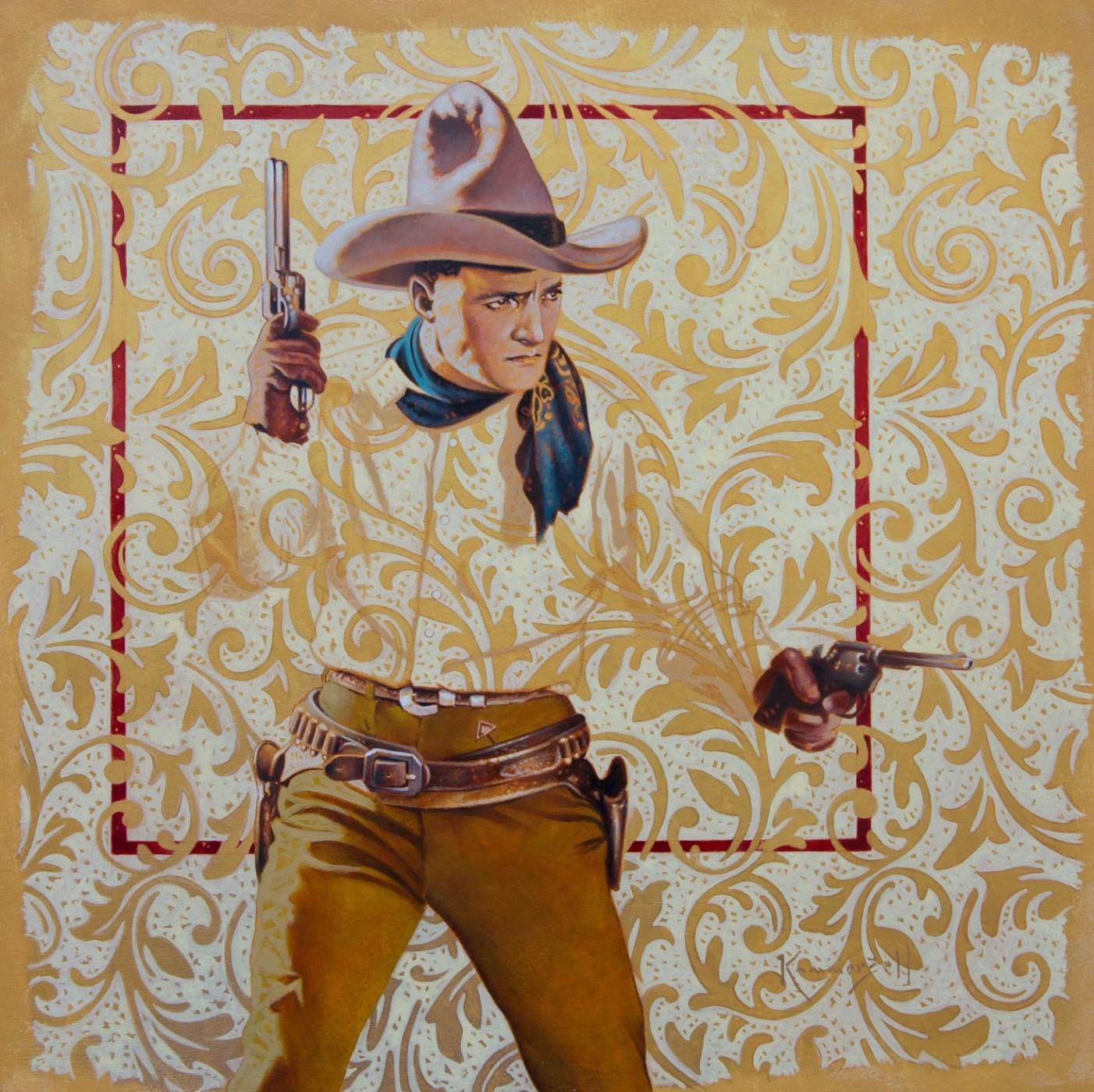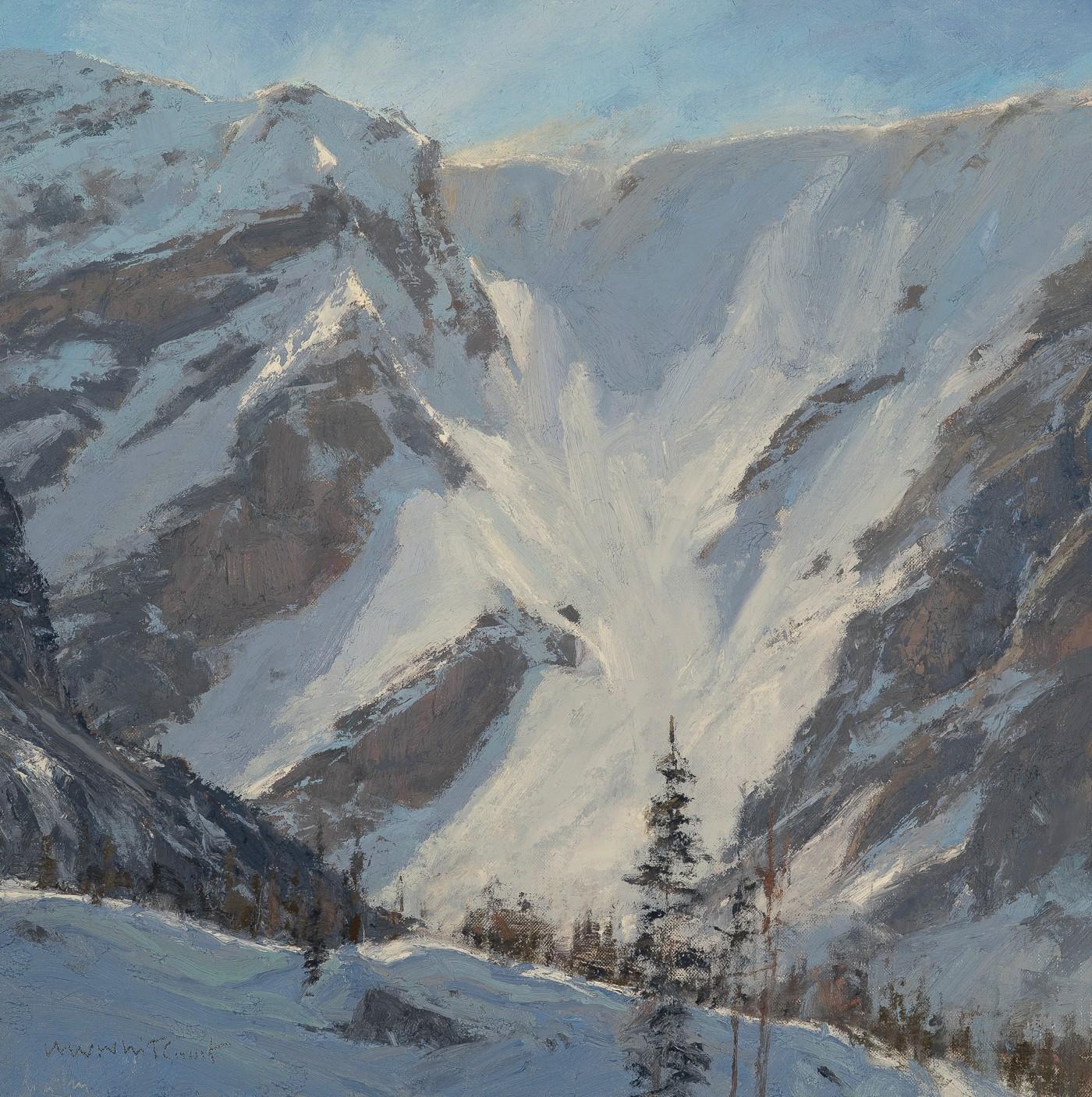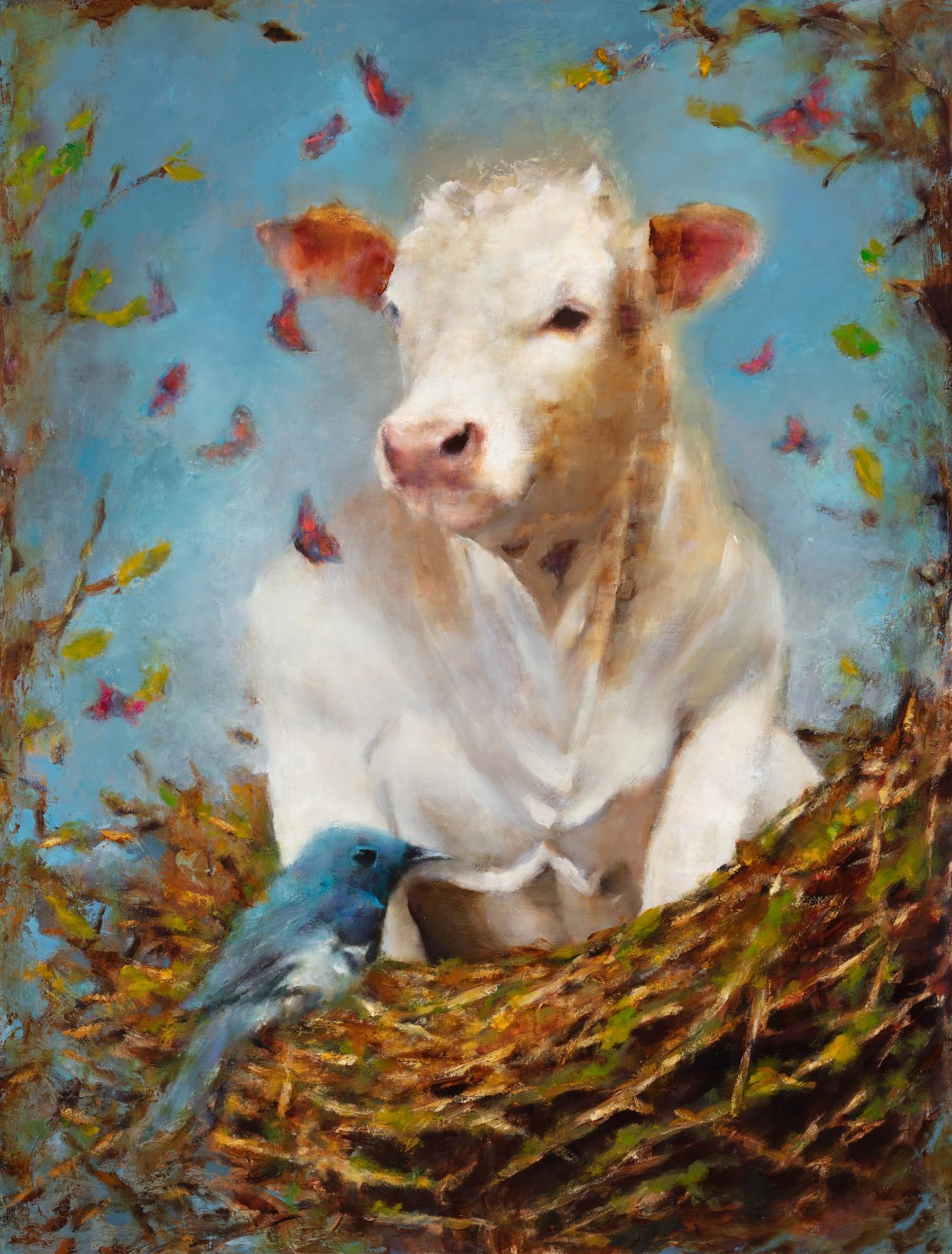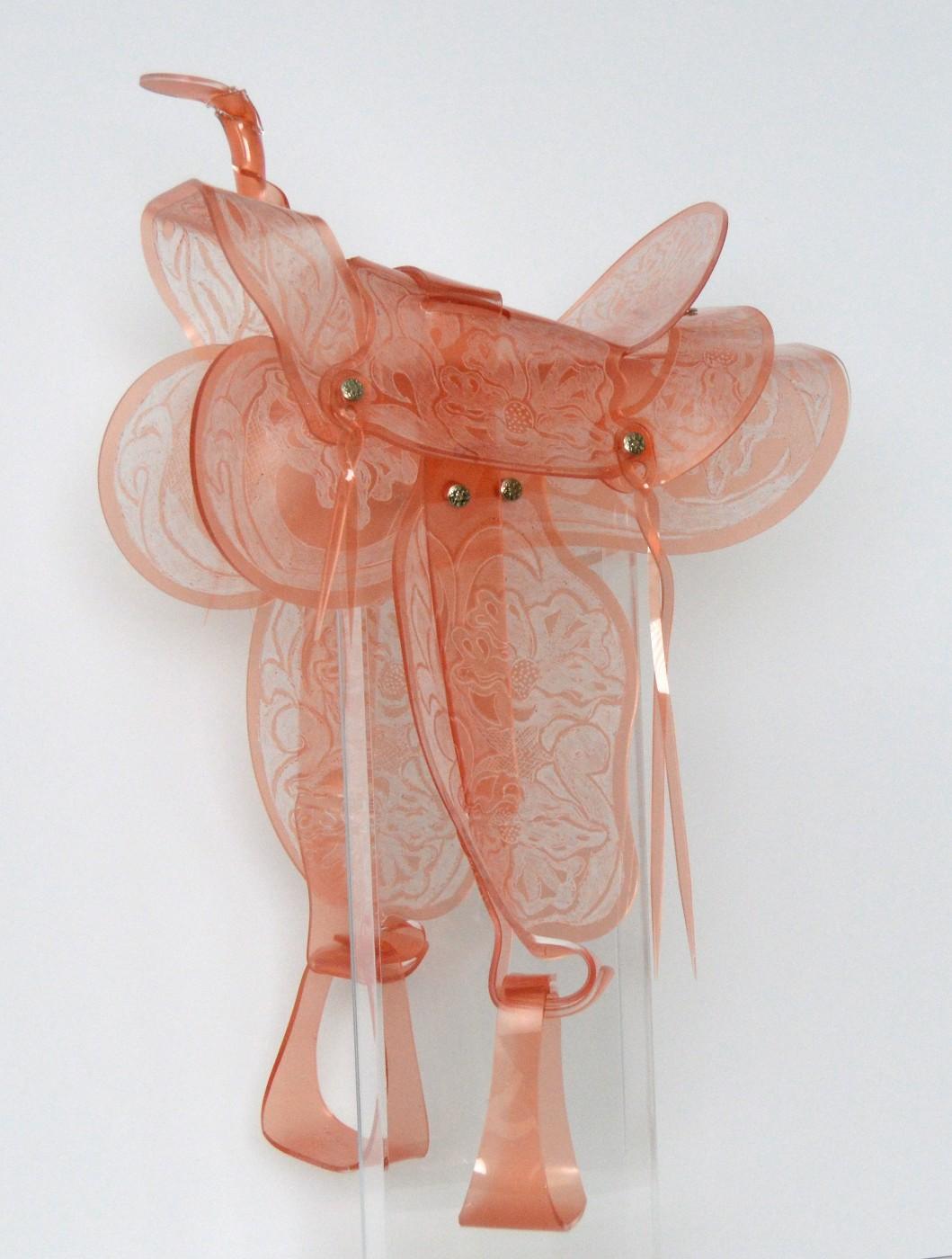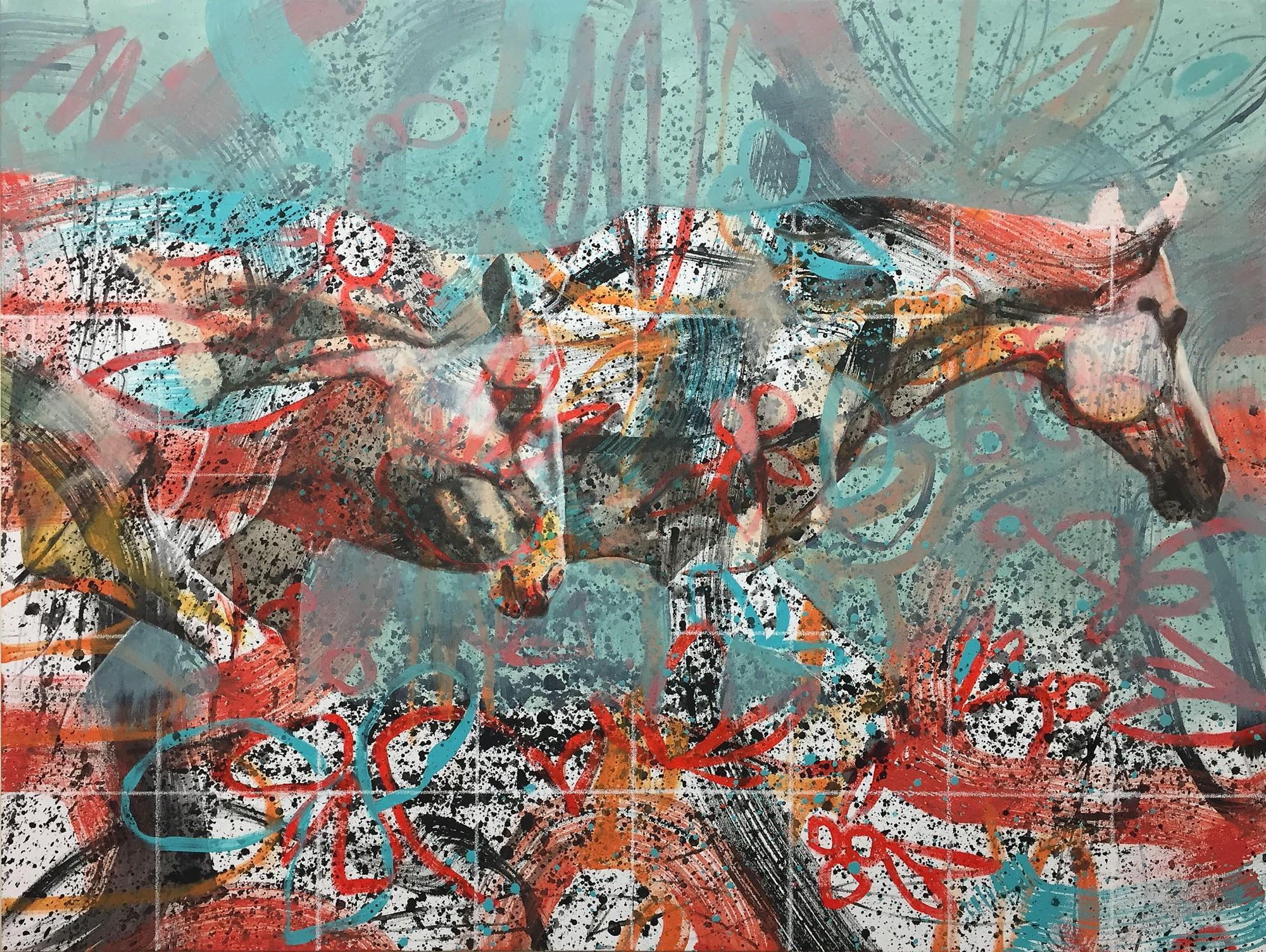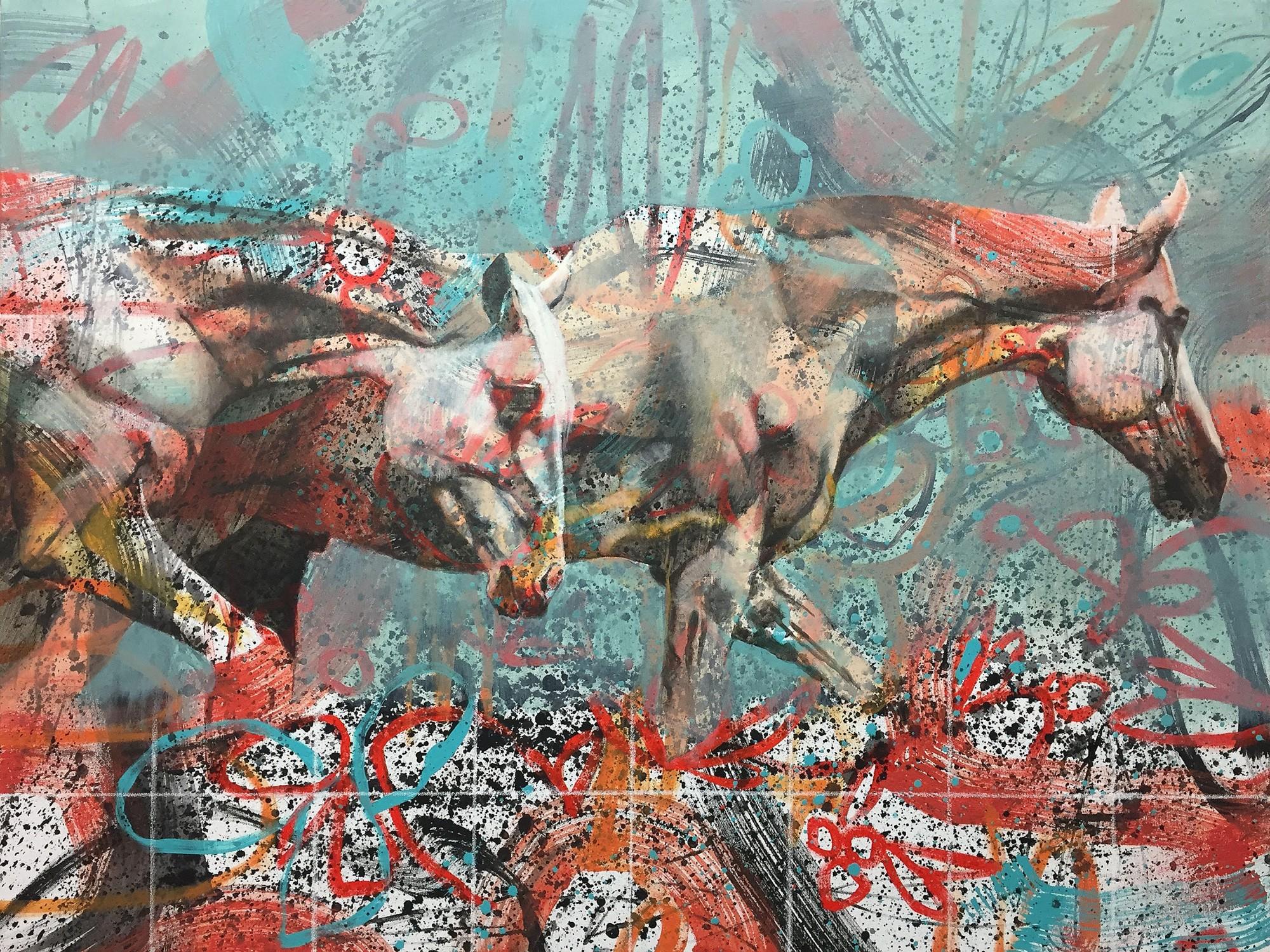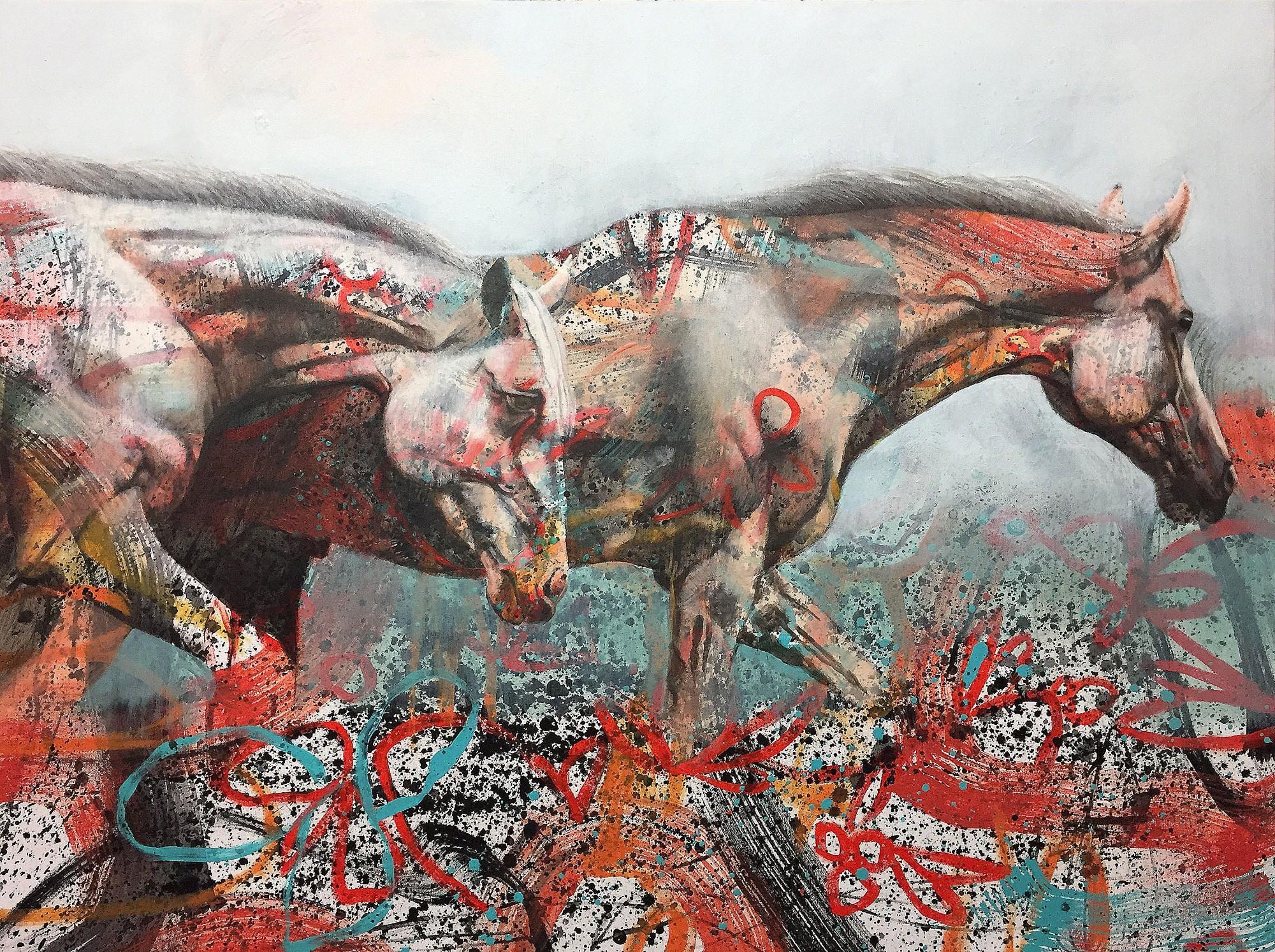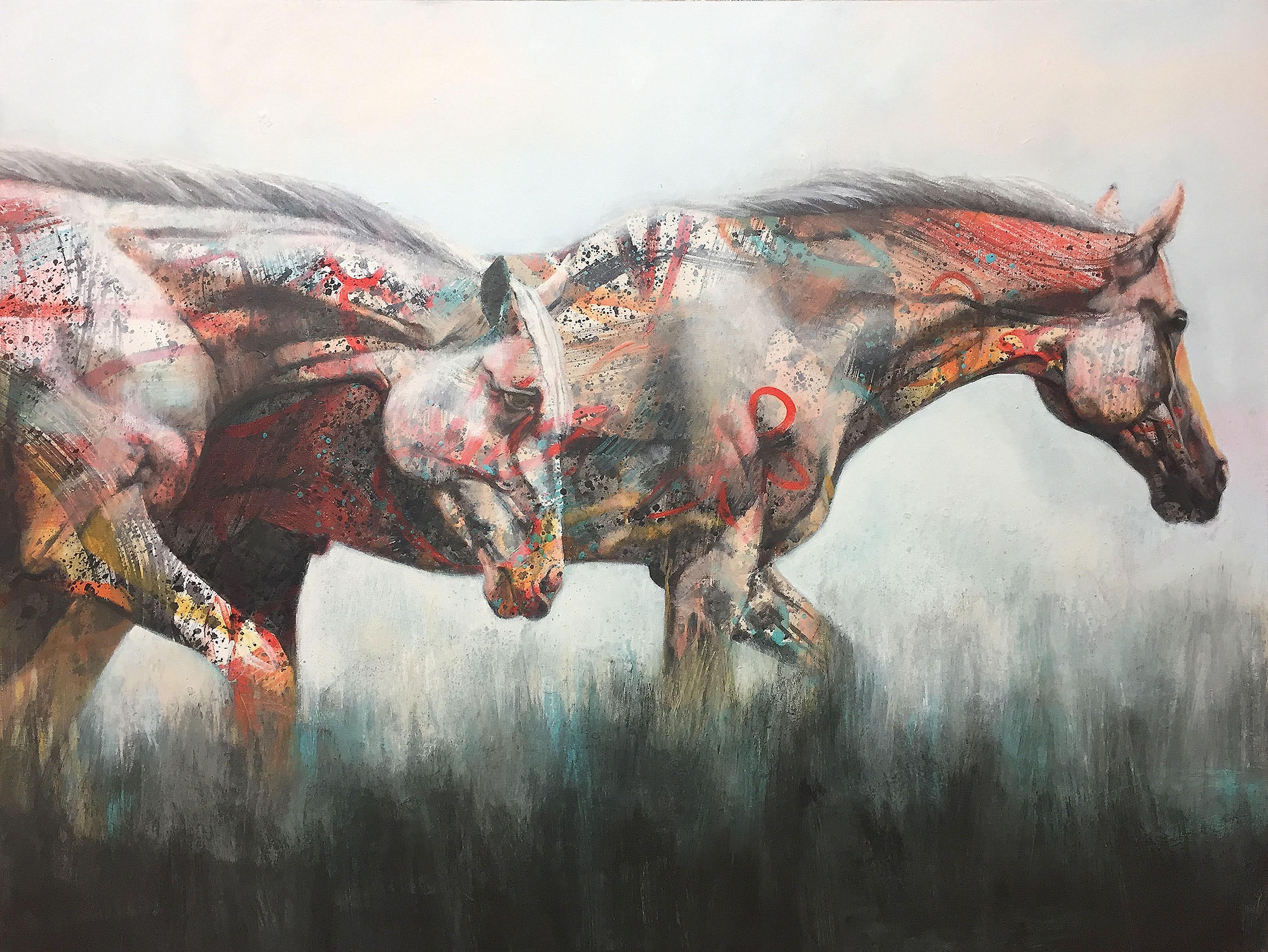This Coors exhibit and sale draws artists from around the nation and has launched numerous careers including those of landscape painters Howard Post and Skip Whitcomb. The art sale benefits a scholarship fund for students studying agriculture, rural medicine or veterinary medicine.
It’s not the first rodeo for the Coors Western Art Exhibit & Sale, an annual event at Denver’s National Western Stock Show for the past 27 years. The 2020 show runs from January 11 to 26. The Coors show rounds up the best Western contemporary realists, exhibiting their art in galleries in what is essentially a gigantic Quonset hut also sheltering livestock and vendors. Curator Rose Fredrick corrals as many as six works each from 60 artists, along with 15 artists whose work shows in a private club.
Fredrick was something of a maverick when she reined in the exhibit and culled historic Western art in favor of contemporary realism and Western subject matter.
“When I first started working on the show 24 years ago, I looked around and saw really great Western art exhibits with very traditional art—what you’d expect to see: cowboys and Indians, historical art. And these shows were in big, fabulous venues with loyal buyers,” she said.
“In my mind, I thought, ‘Strategically, we can’t compete with them.’ But I thought ‘What we can do is carve our own path,’ ” said Fredrick, who established the show’s theme.
“We’re a contemporary Western show. We don’t show historical works,” she said. “We stay with contemporary thoughts on the West.”
And Fredrick stays with realism, though the show includes plenty of art of a different breed.
“We are a show based in realism, so we can’t go completely abstract for our theme,” she said. “But the Coors show has cultivated an audience that wants to see something new. They’re open to video art or Plexiglas saddles (by 3-D collage artist Maeve Eichelberger). People enjoy the vibrancy of the work. The Coors show is a place for realism that is taking on Western topics, but this audience is open to seeing the abstracted barely hanging on to some sense of realism.”
One popular Western topic is the horse, and one artist blending abstraction into realism is Karen Roehl, in her sixth Coors show. Roehl paints spirited, unsaddled horses of a different color. Her layering process involves using brushes and other tools to lay down an under-painting of colorful abstract mark-making.
“Then I draw the basic shape of a horse image onto the canvas in chalk over the abstract mark-making. I begin to fill in the realism of the horse by adding details to the face, neck and chest,” Roehl said.
“Once I’ve done that I start to look for how the abstract mark-making is showing through in the large body shapes—large areas without a lot of definition from the physical structure of horse. It’s usually the side of the belly or the neck—open spaces where the mark-making is revealed.”
In a Roehl painting titled Rockin’ Horse, a mare prances out of a burst of brush marks and paint spatters, fetlocks covered in colorful graffiti. In SoftStrides, a somber team of plodding horses bear marks that evoke Native American war paint.
“It’s always a surprise—like Christmas morning moments. I love the serendipity of abstract marks taking on the appearance of flesh and bone and physiological infrastructure of a horse,” said Roehl.
“Horses don’t have a lot of fur. Their skin drapes around their infrastructure, so you can see muscles and tendons and bones that create beautiful shadow shapes and highlights,” the artist said.
Roehl prefers images of running horses: “Muscles are more strained and tendons are exaggerated, so I see more of those shadows and highlighted shapes I love,” said Roehl. “In my paintings, I’m always reconciling the abstract and serendipitous with the intentional and realistic.”




